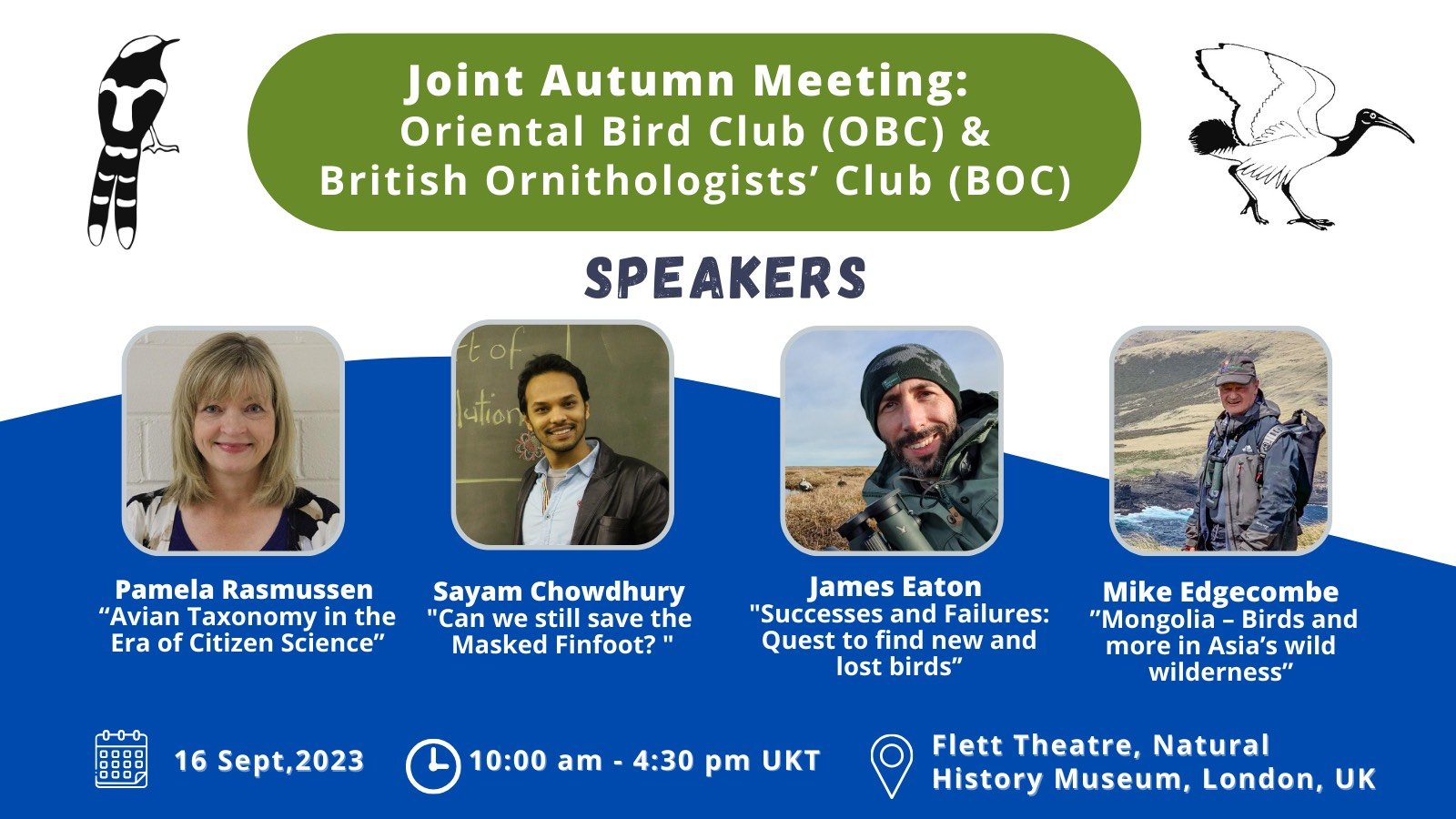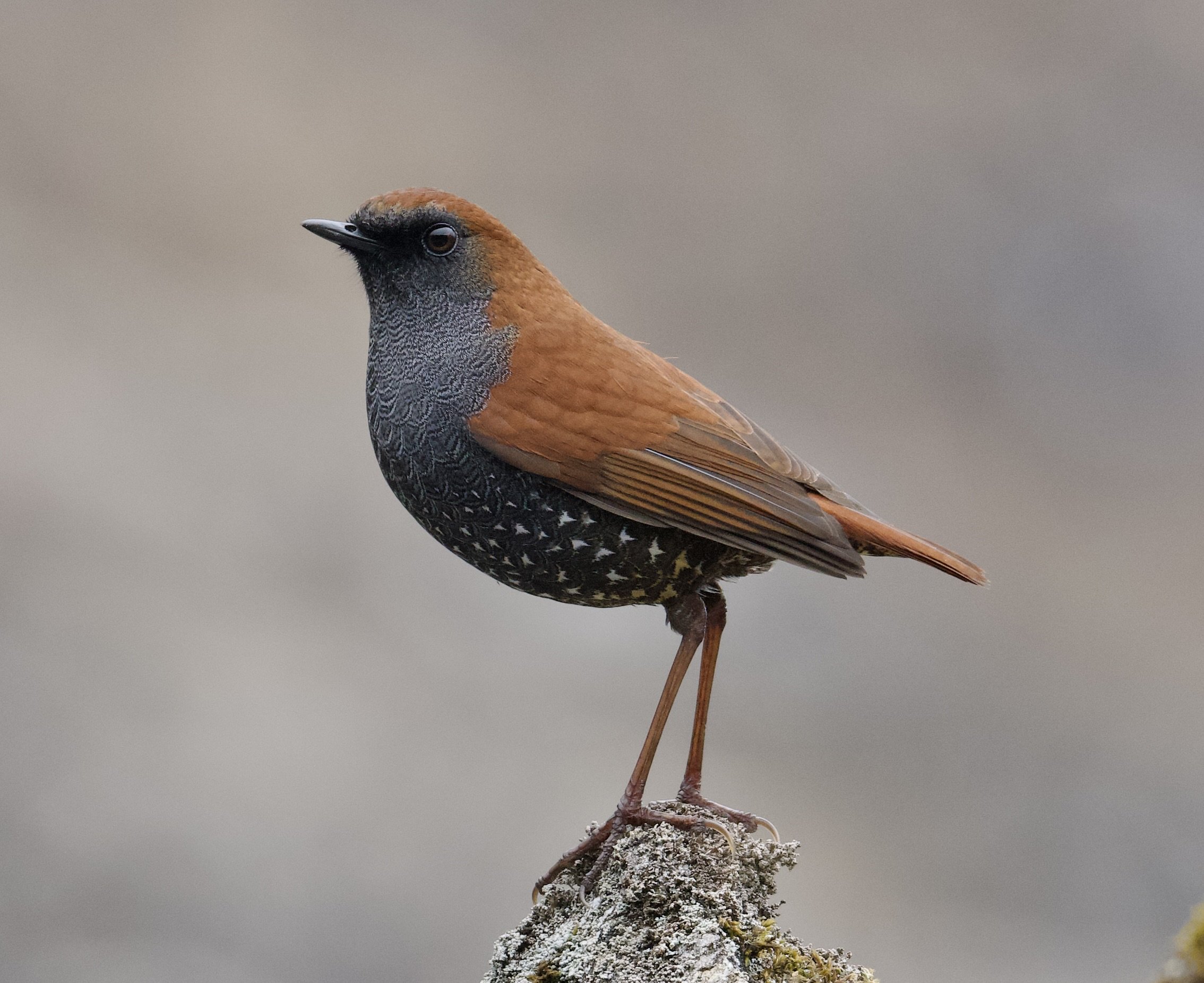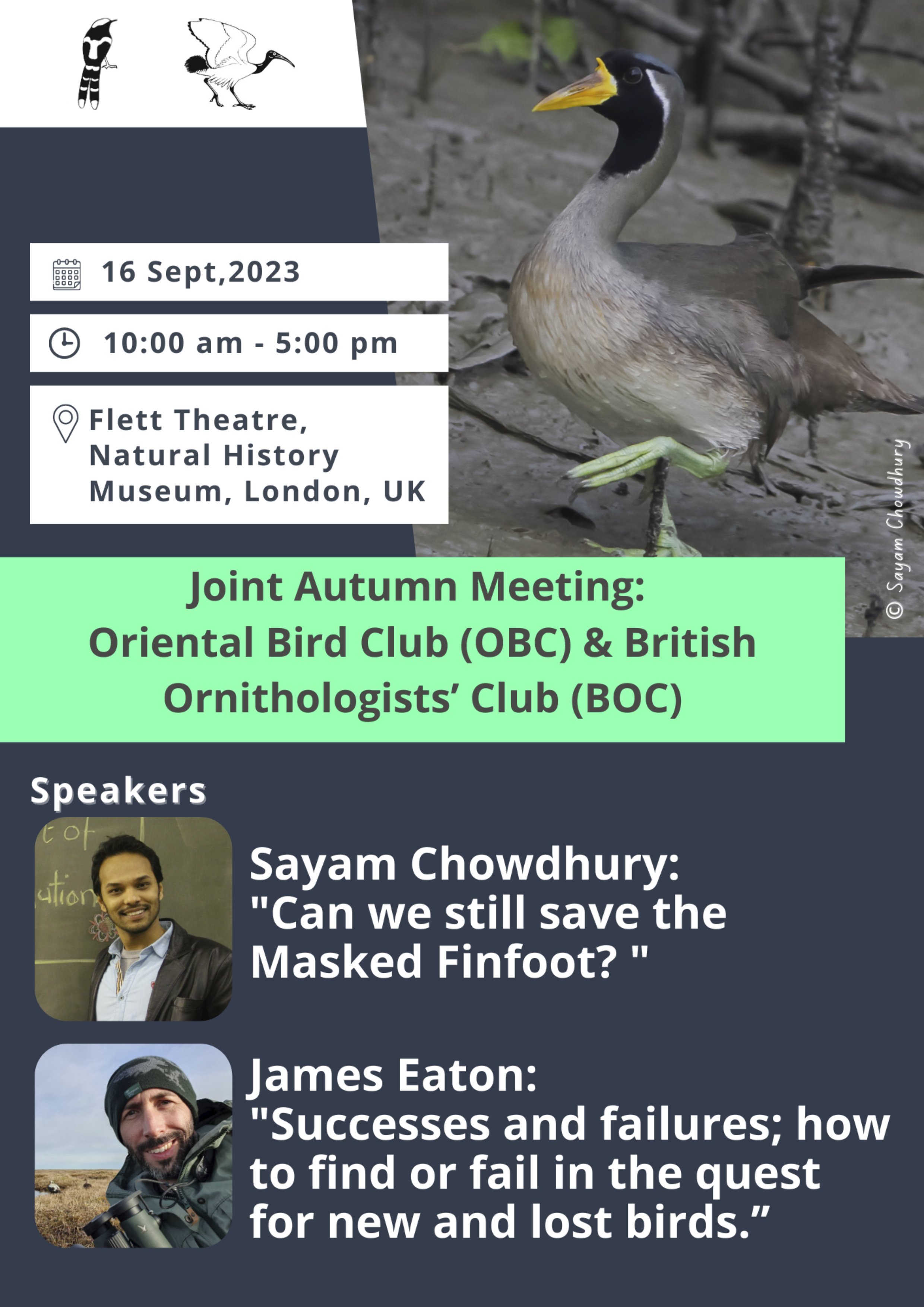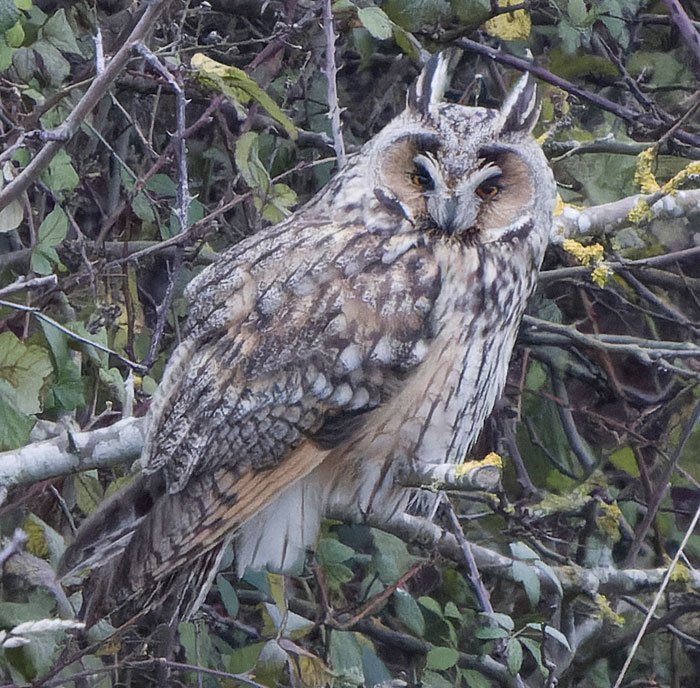Bid for Swarovski binoculars or a stay at The Bagh
The Oriental Bird Club is offering birdwatchers the chance to bid for two items in our Bins and Bagh Auction which begins at 19:00 GMT on Thursday 22nd February 2024 and will run for 10 days on eBay.
All proceeds from the Auction will go to the Oriental Bird Club (UK Registered Charity No.297242) for the conservation and protection of birds in the Asian sub-continent.
There are two items to bid for as follows:
Swarovski CL Companion 8x30 B Northern Lights
The binoculars have been kindly donated by Swarovski Optik UK, and we thank them for their generosity and continued support. This pair is being offered once again because the original Auction sale in 2023 fell through.
Retail Price (Swarovksi UK Website February 2024) GBP1,150 (EU Website February 2024) EUR1,400
The CL Companion 8x30 has a 132 m (144 yd) field of view to give you the perfect overview. Its impressive optics with 8x magnification ensure your viewing is smooth and jitter-free. The ergonomic design of these compact, lightweight (490 g/17.2 oz) binoculars makes them an excellent companion providing you with unique experiences when you’re on the move.
The full details and specification of the binoculars can be found here: https://www.swarovskioptik.com/nl/en/birding/products/binoculars/cl/cl-companion/cl-companion-8x30/5603923
7 Nights full board holiday for 2 at The Bagh Resort, Bharatpur, India
The Bagh – Heritage Hotel in Bharatpur National Park
https://www.thebagh.com/the-bagh-bharatpur.html
The Bagh hotel is spread over 40 acres of a 19th century garden in the Bharatpur district of Rajasthan. Located on the periphery of Keoladeo National Park, one of India's premier birdwatching and wildlife locations (formerly known as Bharatpur), The Bagh is a few hours drive from Delhi, Jaipur, Agra, and Gwalior. It offers visitors an opportunity to experience luxury near one of the most popular bird sanctuaries of India.
With 38 boutique rooms—divided into four categories—the hotel includes a multi-cuisine restaurant; a well-stocked bar; a spa and sauna facility; and several recreational activities for guests of all ages.
This Auction is for 7 nights full board accommodation for 2 people in 1 room at The Bagh Resort Bharatpur in India. Transfers from/to Delhi International Airport are included. The Auction prize has been donated by The Bagh Resort—many thanks to them for their outstanding generosity. Before you bid, please carefully read the description and conditions below—if you have any questions, please look for answers on The Bagh website before sending a message on eBay. The Auction winner will be provided with contact details for The Bagh Resort and all booking arrangements should be made directly with them.
THE AUCTION PRIZE
7 NIGHTS FULL BOARD ACCOMMODATION FOR 2 PEOPLE IN A PREMIUM ROOM (DOUBLE OR TWIN)*
TRANSFERS FROM & TO DELHI INTERNATIONAL AIRPORT**
DATES SUBJECT TO AVAILABILITY – NO BLACKOUT DATES***
* Booking must be completed by 30th June 2024.
** All travel must be completed by 31st May 2025.
*** Not included: travel except transfers listed above, drinks, gratuities, laundry & other hotel services, National Park excursions & permits.
The highest bidder for each item will be declared the winner and receive the item in return for payment of the price bid.
To place your bid, first visit the eBay website for your country and search for "Oriental Bird Club" plus "Swarovski" or "Bagh", depending on which item you are interested in bidding for.
You will then see the latest bid price in local currency including any applicable taxes. You can then place a higher bid to have a chance of winning the item.
If you do not have a dedicated eBay website in your country, you can either use your nearest one that does or go to ebay.com where you will see the price in US Dollars (USD), HOWEVER THIS WILL NOT INCLUDE ANY LOCAL TAXES (e.g.sales tax/VAT/GST), which will be added to the total price by eBay if you win the auction. Some countries may also charge import duties for items sent from the UK—you should check before you bid in the auction.
So what are you waiting for? Place your bid and who knows, you might pick up a pair of brand new, high quality Swarovski binoculars below retail price or be on your way to that dream holiday in India.
Thank you for your support in 2024 and good luck with your birding and bidding!
Oriental Bird Club
February 2024































